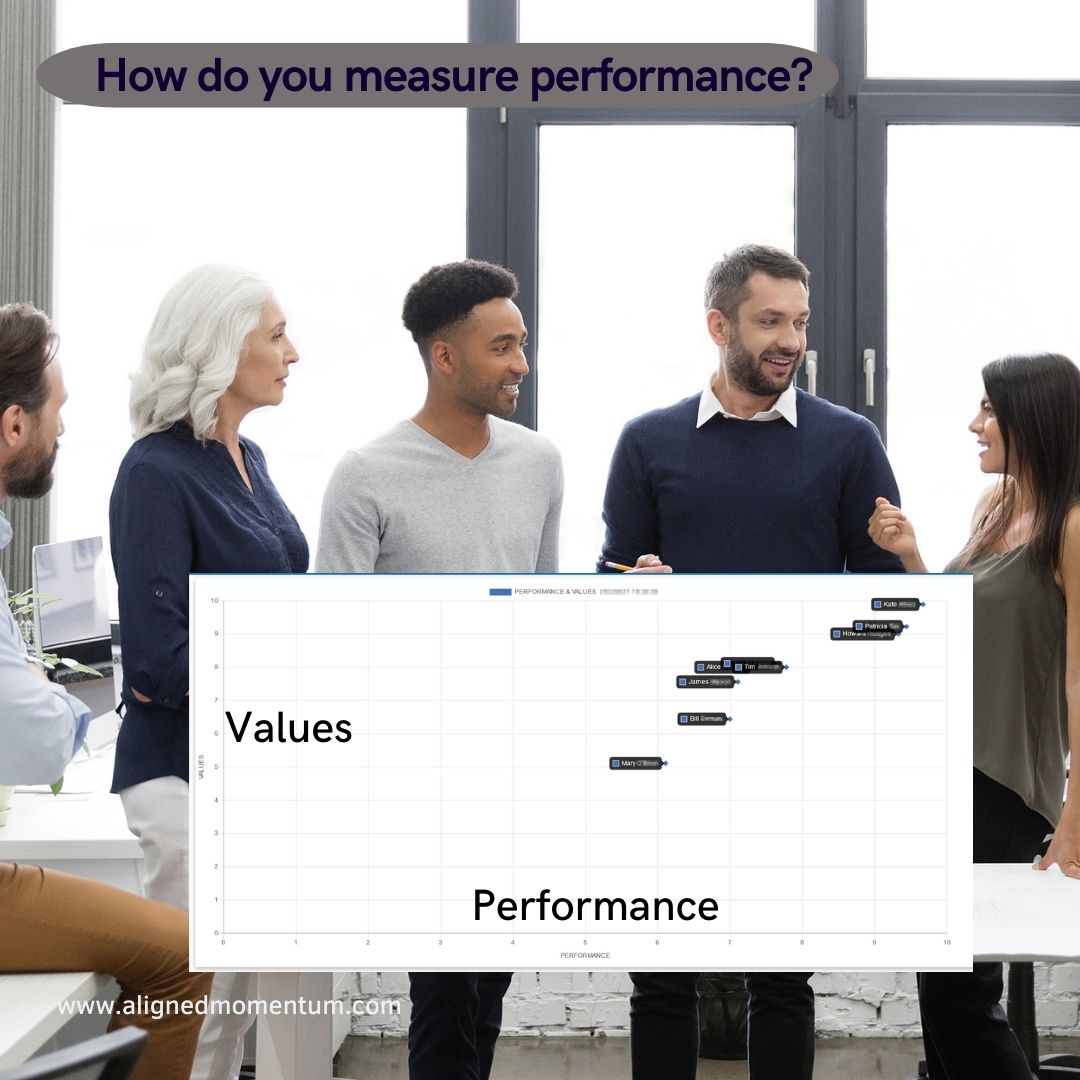We used to believe that the way to measure “success” of a person’s performance was their output. Many believed that if what was delivered met our expectations, then all was fine with our employees.
This thinking is not only outdated, it’s risky, and must be unlearned.
What’s wrong with measuring people by their output?
Measuring the performance of people solely by their output leads to mediocre organizational performance, at best. I say this because in most organizations what is expected this year is the same or just incrementally better than last year.
Measuring only output ignores desired behaviors, such as collaboration, innovation, and leadership. Measuring only output also ignores unwanted behaviors; toxicity, silos, apathy, insular thinking—and that’s risky. These risks may stay hidden until catastrophe hits.
Incremental change is risky
Incremental change is risky because the organization may fall behind in its pace with the market, and fall out of favor with what employees and customers want.
I don’t just mean revenue growth when I speak of incremental change. The change that your organization most needs may be related to internal health, such as the ability to learn and adapt.
Measuring performance and being a great place to work
If you are wondering why employees leave, how you are measuring performance could be a reason. This is true whether it is a direct measurement that everyone sees, or if it is something more intrinsic to the organizational culture. What is it like to work within your organization?
It’s not too late to get healthy and vibrant. You get what you measure, so how about reconsidering what you are measuring?
Three performance measurements to consider:
Two through the eyes of peers:
-
- Core Values
- Overall “performance”
One reviewed by a team lead or manager:
-
- Meeting mutually agreed goals
Core Values
A core value represents a belief and a way of being/behaving that is a priority. A common core value statement is, “We respect each other.”
Your organization has developed a way of being. It’s possible that this way is not actually aligned with what senior leaders envisioned. Or what you were told you were stepping into when you were hired.
An excellent way to measure if core values are being “lived” is to ask peers. In this case, a peer is based on proximity, not position. Proximity includes touches by email, phone, online, etc. That means the CEO and a janitor would be on a “peer” assessment form. You’ll then be looking at the trend in average aggregated scores. How any person scored another person is not shared.
Performance
What if you simply asked peers (as defined above) about the performance they perceived in others? You might just ask “How is this person performing?” With a scale of 1-10 and a brief explanation of what a score between 1-4, 5-7, and 8-10 would mean.
While there can be a lot of variation in how different people perceive the performance of one person, this gives you a perspective that can prove very useful in developing individuals and culture.
Mutually agreed goals
When I ask leaders what they want most from people, a common response is “Do what you say you are going to do!”
Are you measuring that?
If not, take the time to hold future-look conversations with each person on your team and mutually agree to goals for the next quarter or so. Teams through the organization will do the same. Work at bringing in “work” that will lead to their growth, which may be learning, behaviors, or something else that is not physical output.
Then, in quarterly reviews, look back to see if progress was made on what was agreed to. If not, what got in the way? There’s development possible in every scenario. And often there is development for the reviewer, as well as the person being reviewed. When reviews become conversations aimed at development, they can help catalyze the organizational change you desire.
Culture can be transformed, and it takes an all-in effort. Leaders must be dedicated to model the way, communicate clearly, and notice often.

